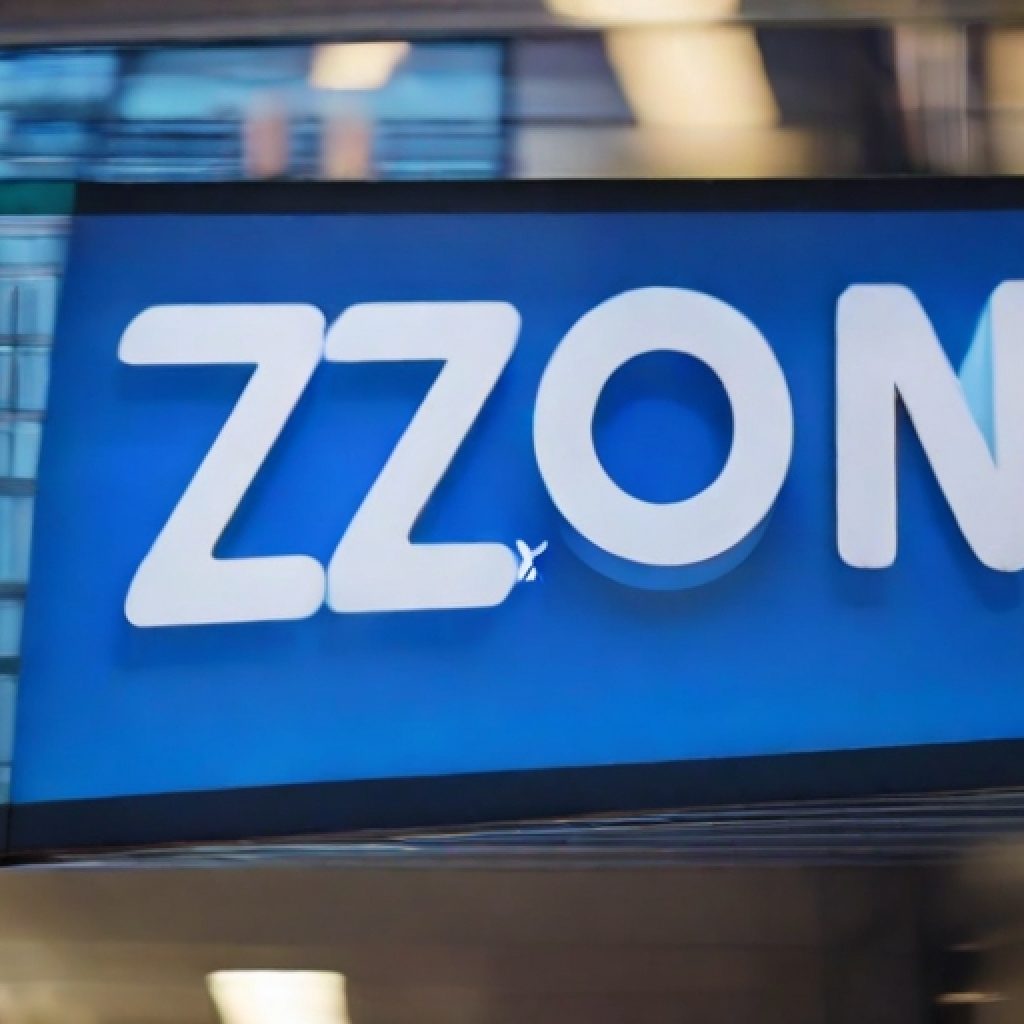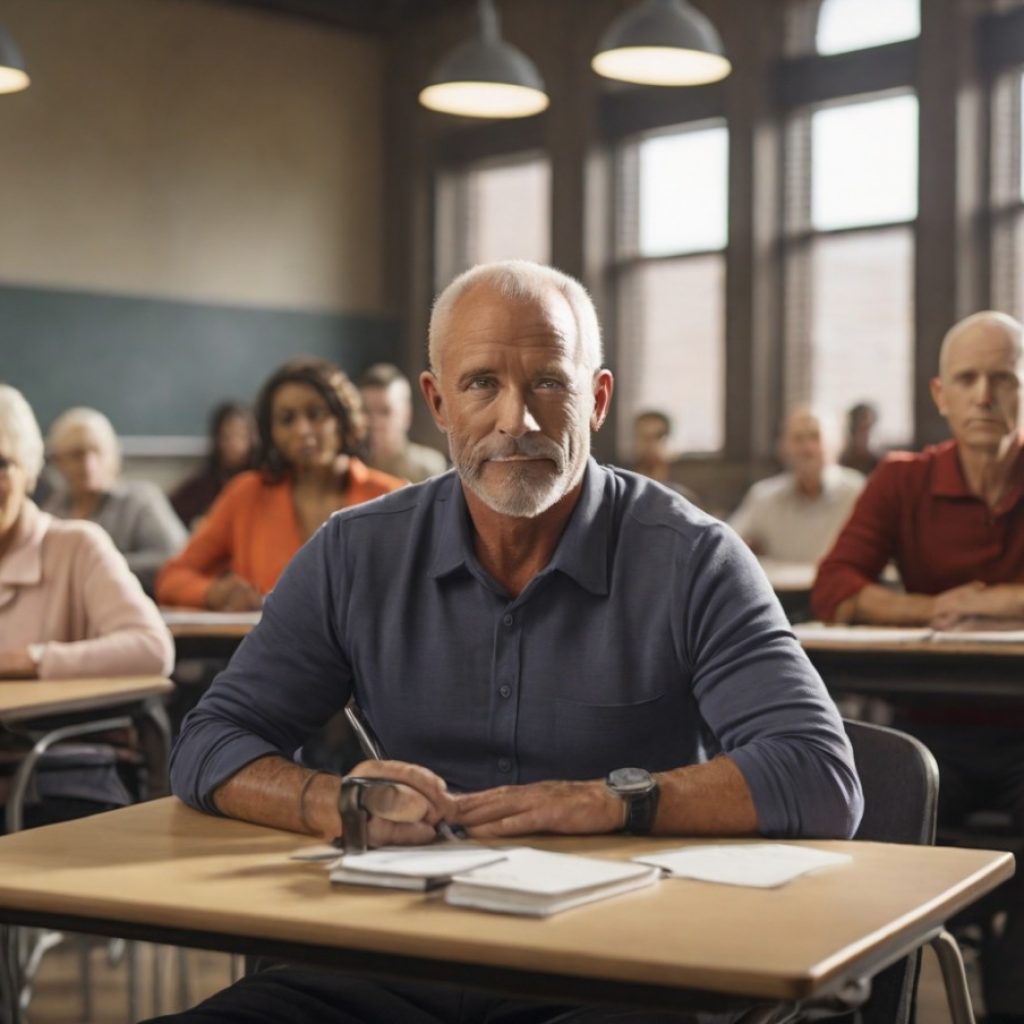Muralists in San Francisco’s Mission District express concerns about the impact of artificial intelligence (AI) on their artistic livelihoods and the authenticity of their work. These concerns arise as AI companies like OpenAI and Midjourney establish a presence in the neighborhood, using AI technology to generate art.
Ippolito, a 36-year-old muralist and mother, worries about the implications of AI on the art world. She believes that AI lacks the capacity to create art that combines intellectual and spiritual elements, asserting that “AI is never going to have a soul.” She is concerned that the proliferation of AI tools will diminish the importance of traditional artistic skills.
The legal battle: Protecting artistic effort in an AI-driven world
Brooke Oliver, a copyright and visual arts attorney, anticipates that AI-related copyright infringement cases will become more prevalent in the future. AI tools, such as Midjourney and DALL-E by OpenAI, can quickly generate images based on user prompts, potentially infringing on copyrighted art. Oliver notes that AI can reproduce elements of existing art, causing frustration among artists who cannot control or benefit from the AI-generated work.
The legal framework for copyright infringement involves providing access to copyrighted material and substantial similarity to the original work. However, AI-generated output may differ significantly from the original, making it challenging to determine copyright infringement.
Impact on traditional artists and the threat of irrelevance
The artists argue that the effort and craftsmanship involved in creating murals make them unique and should be protected. Muralists often endure physical challenges, such as working on tall scaffolds in adverse weather conditions, and their efforts should be acknowledged and rewarded.
Some muralists have experienced unauthorized use of their work in the past, including HBO filming their art without permission and stock photo companies using their images without consent. While these incidents were concerning, AI-generated art presents a more significant challenge.
Several muralists have observed a decline in commissions and projects as generative AI becomes more prevalent. They worry that AI will render their artistic abilities less valuable and question their ability to protect their work in an AI-dominated landscape.
Peps, a muralist and graphic designer based in Oakland has seen a “drastic decrease in commissions” due to the rise of generative AI. He believes that AI may discourage people from seeking out traditional artists, potentially diminishing the demand for their skills.
The issue of ownership and protection of art created by AI tools remains ambiguous. Legal experts like Brooke Oliver suggest that protection measures could be implemented during the data-scraping phase to prevent companies from collecting copyrighted images for AI training.
Muralists in San Francisco’s Mission District are grappling with the growing presence of AI in the art world. They express concerns about the impact of AI on their livelihoods and the authenticity of their work. While legal frameworks for copyright infringement may not fully address the challenges posed by AI-generated art, artists and experts are exploring ways to protect the efforts and craftsmanship of traditional artists in the face of AI technology’s rapid advancements.





